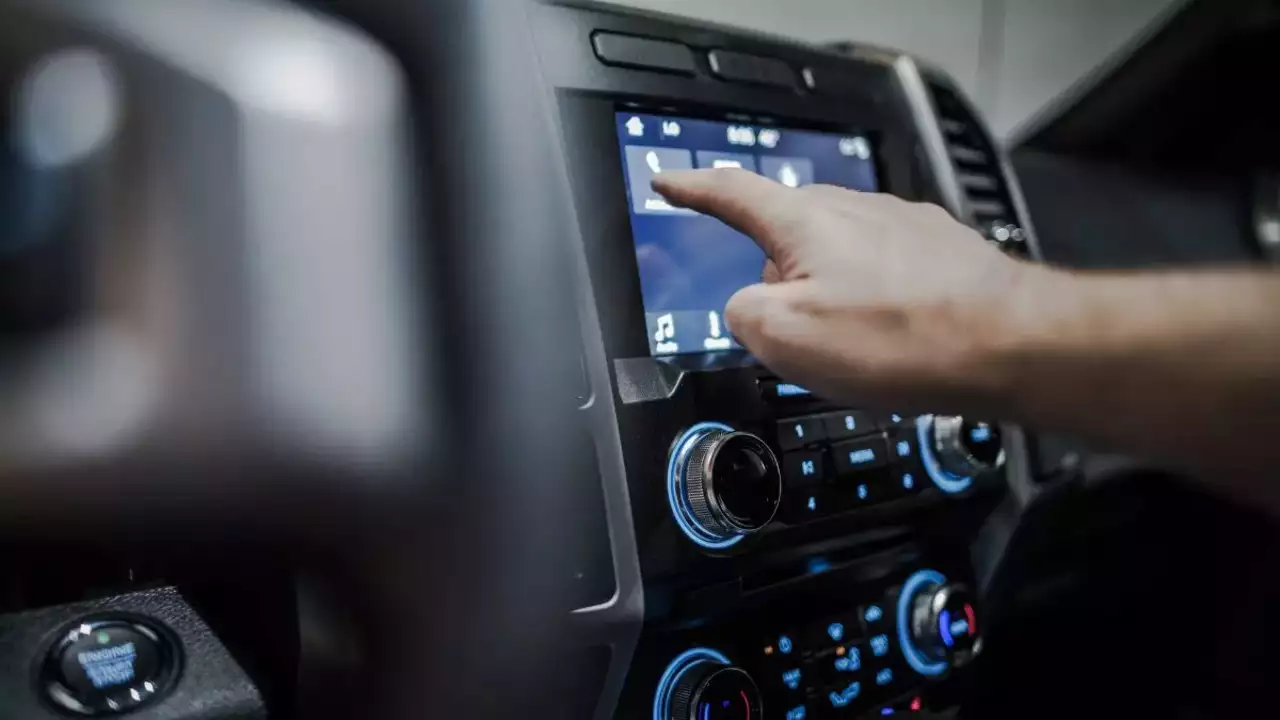The European New Car Assessment Programme, widely known as Euro NCAP, has announced stringent measures regarding safety ratings for new cars lacking physical controls such as buttons, stalks, or dials for essential functions like turn signals, hazard lights, windshield wipers, horns, and emergency SOS calls.
Matthew Avery, Euro NCAP’s director of strategic development, highlighted the widespread issue of touchscreen reliance across the automotive industry, emphasizing the increased risk of distraction crashes due to drivers having to divert their attention from the road.
He outlined Euro NCAP’s plans to introduce new tests in 2026 to incentivize manufacturers to incorporate separate physical controls for critical functions, aiming to minimize the time drivers spend with their eyes off the road and thereby promoting safer driving practices.

While the Mercedes Hyperscreen stands out for its expansive display, it still adheres to the new safety standards by featuring standalone physical controls for essential functions such as hazard lights and turn signals.
However, the Tesla Model 3, with its reliance on touch-sensitive buttons on the steering wheel for turn signal activation, raises questions about whether haptic buttons qualify as sufficient physical controls.
The debate over the effectiveness of physical controls versus touchscreens in ensuring driver safety has been supported by various studies, including a German study in 2022, which lauded the Mazda3 for its predominantly button-controlled interface, deeming it the safest infotainment design.
Despite mounting evidence highlighting the safety risks associated with excessive touchscreen usage, US regulators have yet to push for similar regulatory changes.
Optimistically, voices within the automotive industry have criticized the overreliance on touchscreens, with some foreseeing a shift towards more tactile and physically engaging interfaces. This sentiment aligns with the notion that touch-only interfaces may be a passing trend rather than a sustainable solution.
While Euro NCAP’s efforts to prioritize physical controls for critical functions signal a step towards safer driving practices, the debate surrounding the efficacy of touchscreens versus physical controls underscores the need for ongoing scrutiny and adaptation in automotive design to ensure the highest standards of safety and usability.

